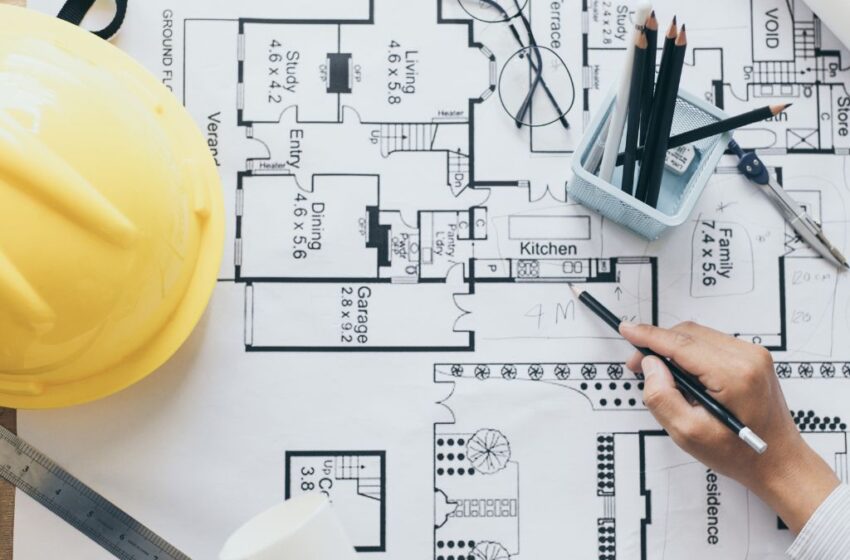-
Table of Contents
- Architect: Innovating the Intersection of Function and Aesthetics
- The Role of an Architect
- Balancing Function and Aesthetics
- Examples of Iconic Structures
- Innovative Techniques in Modern Architecture
- Use of Advanced Materials
- Sustainable Practices
- Integration of Technology
- Case Studies: Successful Integration of Function and Aesthetics
- Apple Park, Cupertino
- The Shard, London
- High Line, New York City
- Statistics on Architectural Trends
- Conclusion
Architect: Innovating the Intersection of Function and Aesthetics
Architecture stands as a testament to human ingenuity, blending functionality with aesthetic appeal. The role of an architect is not merely to design buildings but to create spaces that enhance the human experience. This article explores how architects innovate at the intersection of function and aesthetics, providing valuable insights and examples.
The Role of an Architect
An architect’s responsibilities extend beyond drawing blueprints. They must consider the practical needs of a building’s occupants while ensuring the structure is visually pleasing. This dual focus requires a deep understanding of both engineering principles and artistic design.
Balancing Function and Aesthetics
Successful architecture achieves a balance between utility and beauty. This balance is evident in various iconic structures around the world. For instance, the Sydney Opera House is renowned for its striking design, yet it also serves as a functional performance space.
Examples of Iconic Structures
- Sydney Opera House: A marvel of modern architecture, combining innovative design with practical performance spaces.
- Guggenheim Museum Bilbao: Known for its unique, flowing form, it also provides an excellent environment for displaying art.
- Fallingwater: Frank Lloyd Wright’s masterpiece that integrates seamlessly with its natural surroundings while offering a comfortable living space.
Innovative Techniques in Modern Architecture
Modern architects employ various innovative techniques to merge function and aesthetics. These techniques often involve advanced materials, sustainable practices, and cutting-edge technology.
Use of Advanced Materials
Materials like glass, steel, and composites allow architects to create structures that are both strong and visually appealing. For example, the Burj Khalifa in Dubai uses high-performance concrete and glass to achieve its impressive height and sleek appearance.
Sustainable Practices
Sustainability is a key consideration in contemporary architecture. Green building practices not only reduce environmental impact but also enhance the aesthetic value of structures. The Bosco Verticale in Milan, with its lush vertical gardens, exemplifies this approach.
Integration of Technology
Technology plays a significant role in modern architecture. Building Information Modeling (BIM) and 3D printing are just two examples of how technology can streamline the design process and enable more complex and beautiful structures.
Case Studies: Successful Integration of Function and Aesthetics
Several case studies highlight the successful integration of function and aesthetics in architecture. These examples demonstrate how innovative design can meet practical needs while creating visually stunning spaces.
Apple Park, Cupertino
Apple Park, designed by Foster + Partners, is a prime example of functional and aesthetic integration. The circular design promotes collaboration among employees, while the extensive use of glass and natural light creates an inspiring work environment.
The Shard, London
The Shard, designed by Renzo Piano, combines office space, residential units, and a hotel within its sleek, tapering form. Its design not only maximizes space but also offers breathtaking views of London.
High Line, New York City
The High Line, a public park built on a historic freight rail line, showcases how urban spaces can be transformed into functional and beautiful areas. The park’s design incorporates native plants and innovative seating areas, making it a popular destination for both locals and tourists.
Statistics on Architectural Trends
Recent statistics highlight the growing emphasis on sustainable and innovative design in architecture. According to a report by the American Institute of Architects (AIA), 60% of architects are now incorporating sustainable design principles into their projects. Additionally, a survey by the Royal Institute of British Architects (RIBA) found that 70% of architects believe that technology will play a crucial role in the future of architecture.
Conclusion
Architects play a pivotal role in shaping our built environment, skillfully blending function and aesthetics to create spaces that enhance our lives. Through the use of advanced materials, sustainable practices, and cutting-edge technology, they continue to push the boundaries of what is possible in architecture. Iconic structures like the Sydney Opera House, the Burj Khalifa, and Apple Park serve as inspiring examples of this innovative spirit. As architectural trends evolve, the focus on sustainability and technology will undoubtedly drive further advancements in the field.

